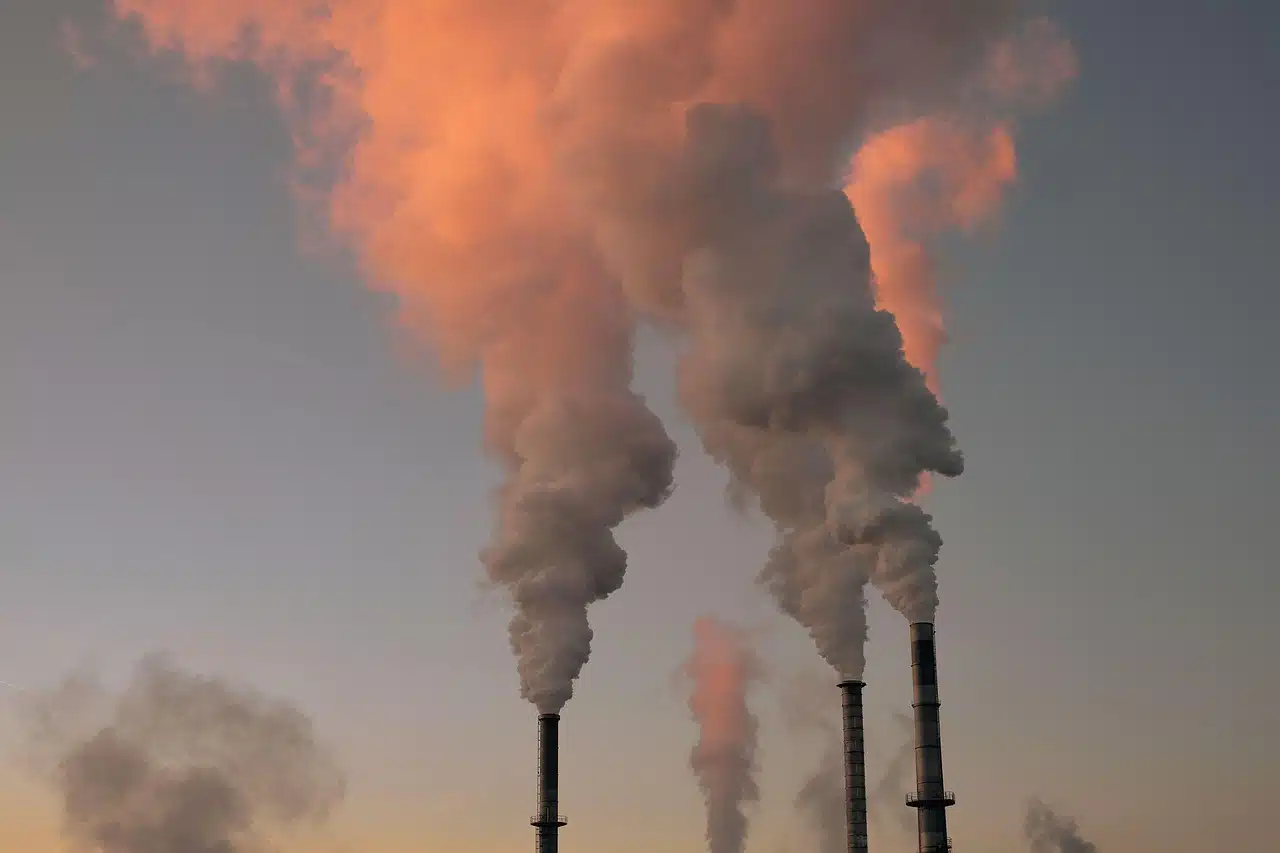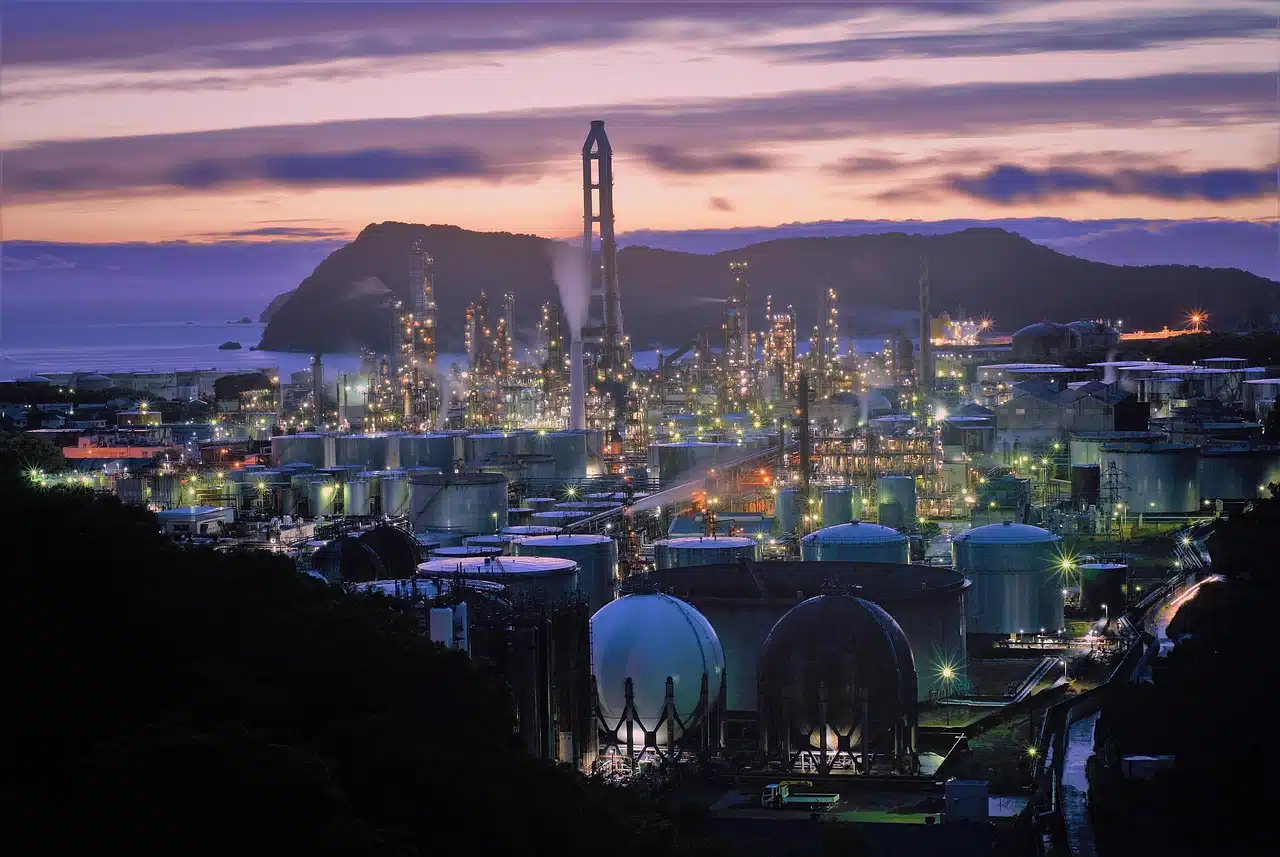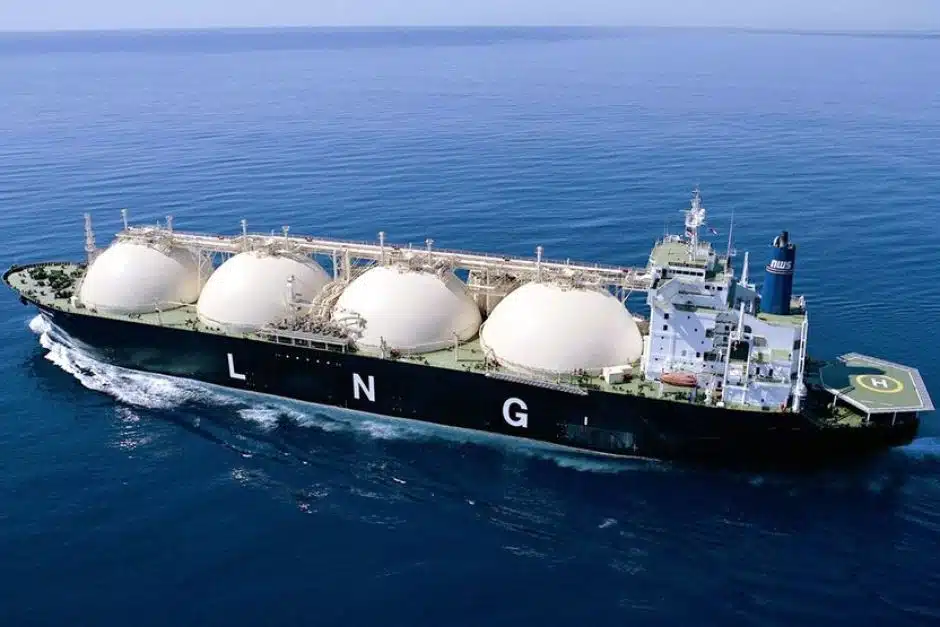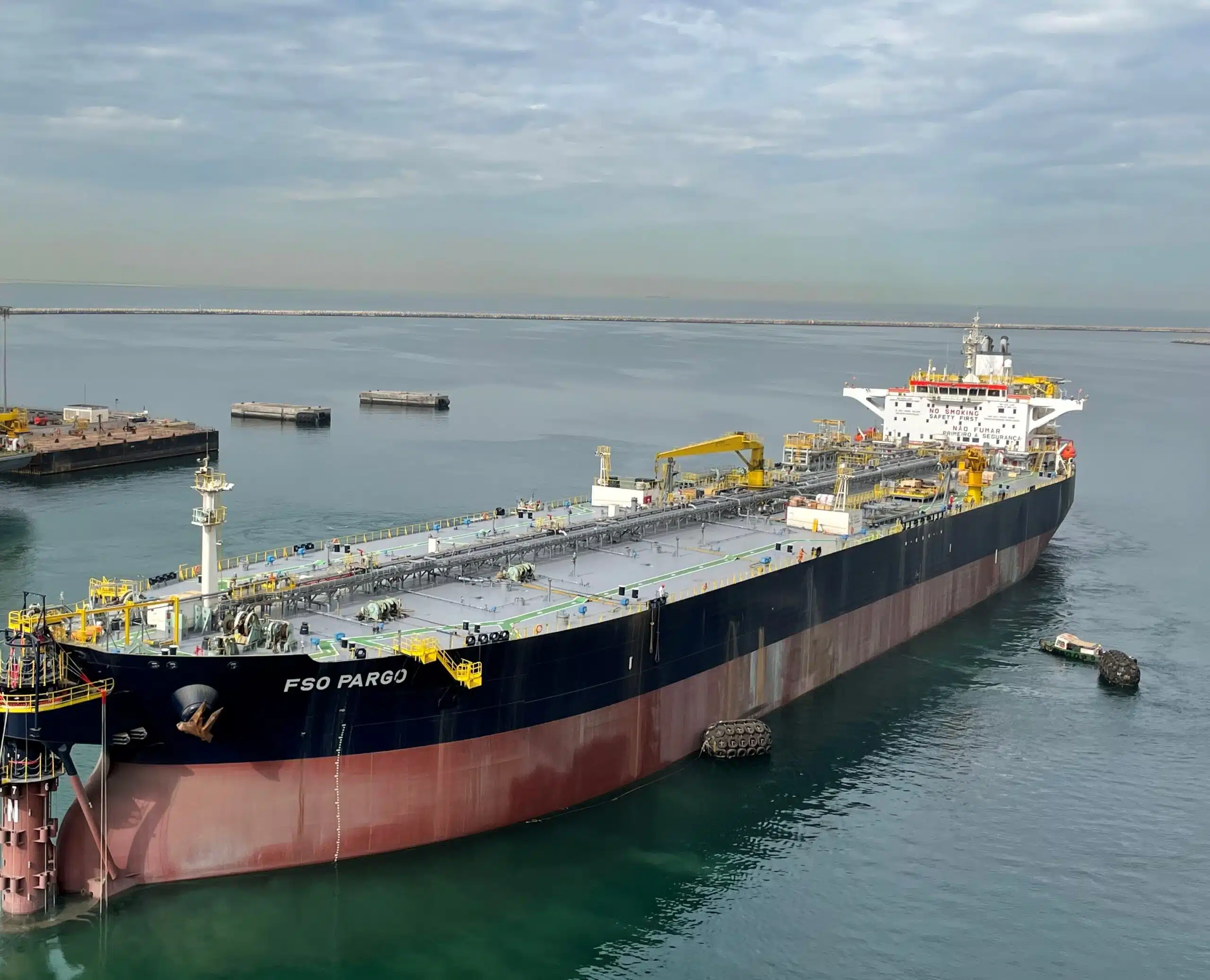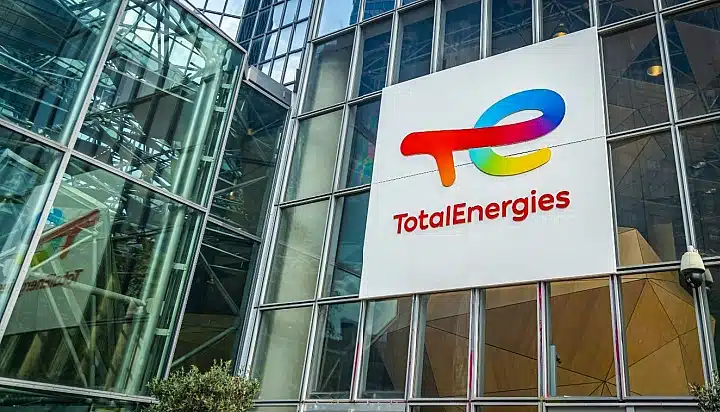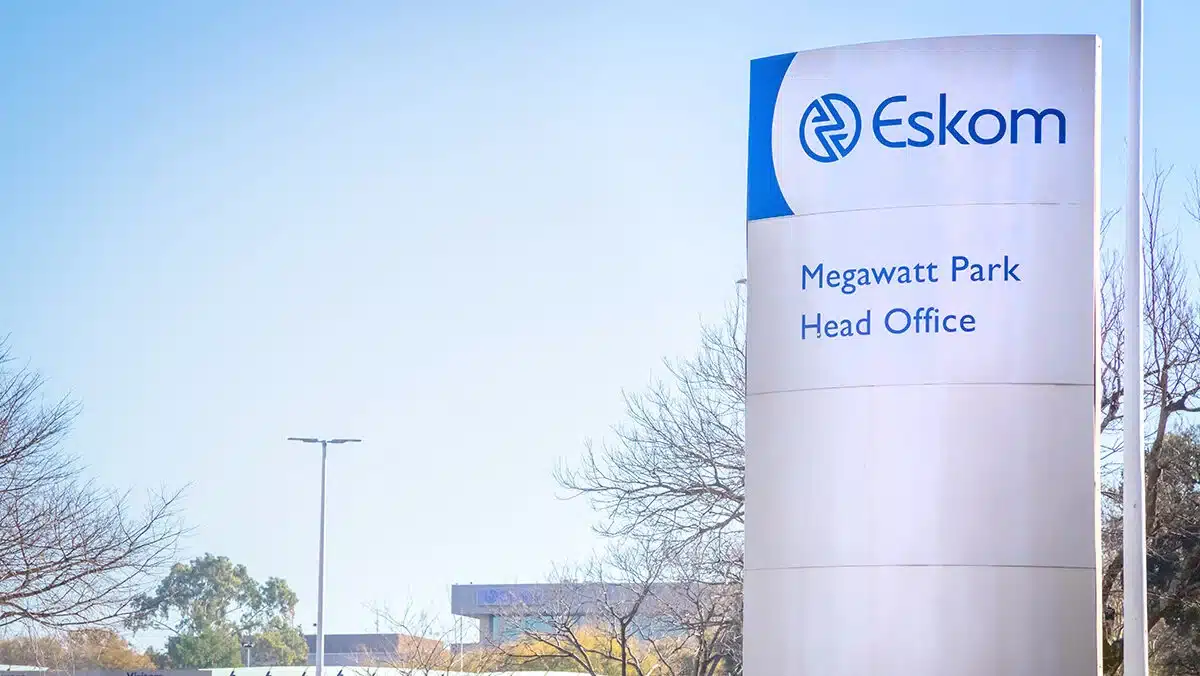Africa’s largest holder of natural gas reserves, Nigeria, produced about 1.372 trillion cubic feet (Tcf) of natural gas in the first half of 2025, even as it continues to struggle with high levels of routine flaring.
The latest gas production report from the Nigerian Upstream Petroleum Regulatory Commission (NUPRC), reviewed by Energy in Africa, shows the country produced an average of 229 billion cubic feet (Bcf) monthly.
This translates to 7.63 Bcf per day, far below the government’s target of 10 Bcf/d by 2027 and 12 Bcf/d by 2030.
During the six-month period, January recorded the highest output at 236.3 Bcf, while February posted the lowest at 199.7 Bcf.
Of the 1.372 Tcf produced, 53% (729.6 Bcf) was associated gas, with 643.3 Bcf coming from non-associated sources.
The report further reveals that 370.6 Bcf was utilized domestically, while 481 Bcf was exported.
Another 408.2 Bcf was reinjected or dedicated to field operations, bringing the total gas utilization rate to 91%.
However, about 101.4 Bcf was flared during the period, representing a 7.39% flaring rate, which regulators warn still undermines Nigeria’s climate and net-zero commitments.
Gas flaring still a problem for Nigeria
Moreover, gas flaring remains one of the most pressing challenges in Nigeria’s petroleum sector.
The country recorded its second consecutive year of rising flare volumes in 2024, when flare intensity rose to 12.0 cubic meters per barrel (m³/bbl) compared to 11.0 m³/bbl in 2023.
According to the World Bank’s flare tracker report (July 2025), total gas flaring increased by 12% to 6.5 billion cubic meters in 2024.
About 60% of the flares originated from assets operated by indigenous oil firms, including NNPC, which also accounted for roughly 75% of the overall increase.
With local companies such as Seplat, Heirs Energies, Aiteo, and Oando taking on larger roles in Nigeria’s upstream industry, they are also becoming significant contributors to flaring.
Despite the federal government’s Decade of Gas initiative, Nigeria remains among the world’s top 10 gas-flaring countries.
The practice translates into hundreds of millions of dollars in lost revenue and millions of tonnes of CO₂ emissions.
For instance, the National Oil Spill Detection and Response Agency (NOSDRA) estimated the value of gas flared in H1 2024 at $360 million.
Industry experts cite weak enforcement of penalties, limited infrastructure, and insecurity in the Niger Delta as the main drivers of persistent flaring.
However, a few local players are taking bold steps to address the decadeslong menace.
In February 2025, NNPC and First E&P reported a 98% reduction in flaring across two fields in Bayelsa State, a move the state oil firm described as a significant step toward its net-zero commitments.
Similarly, Seplat Energy, a leading domestic gas producer, announced plans to eliminate routine flaring across all its onshore operations by the end of 2025.

